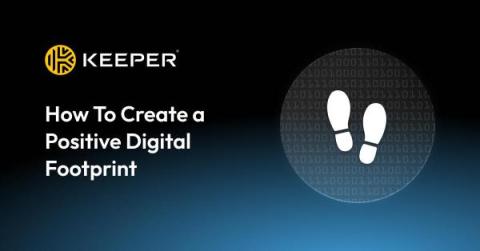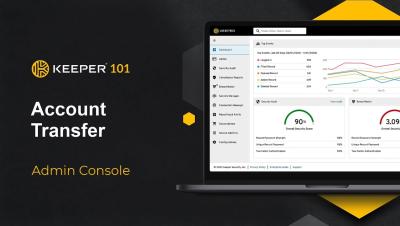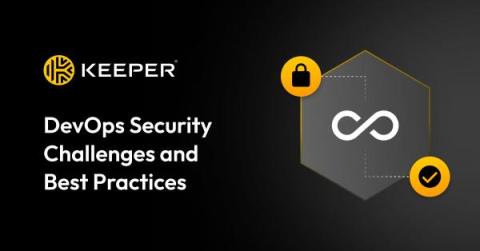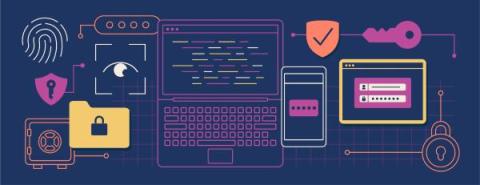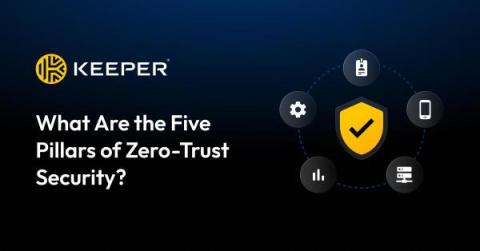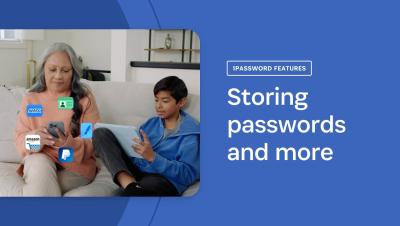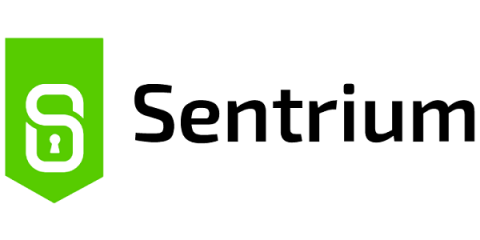Keeper for Teams and Small Business 3 Minute Demo
Keeper eliminates the pain of having to remember passwords while protecting your business from password-related data breaches and cyberthreats. This video will demonstrate all that Keeper has to offer your small business and provide you with step-by-step instructions to get your team up and running in no time. If you're looking for an Enterprise demo with SSO and advanced capabilities, make sure to check out Keeper Enterprise.



